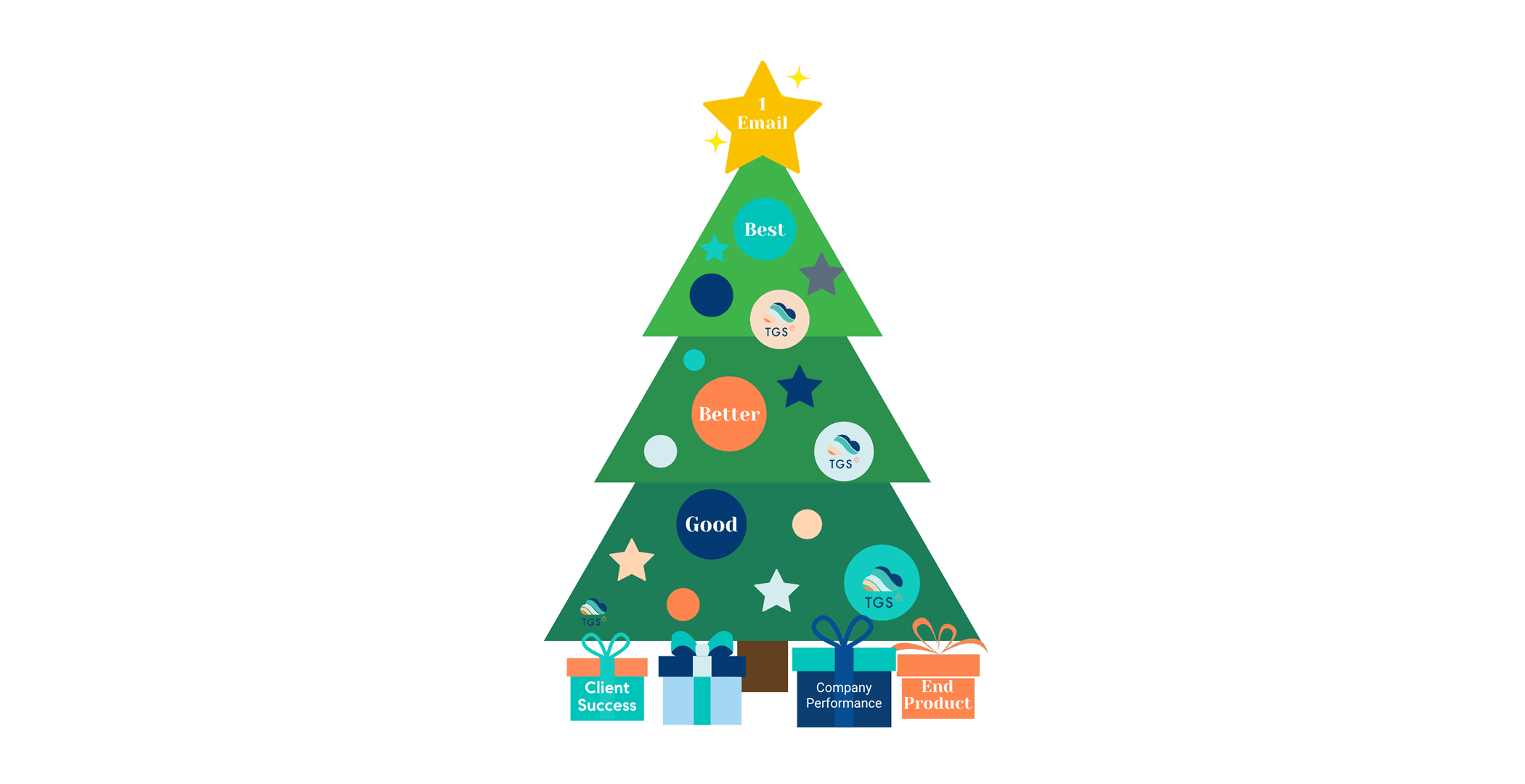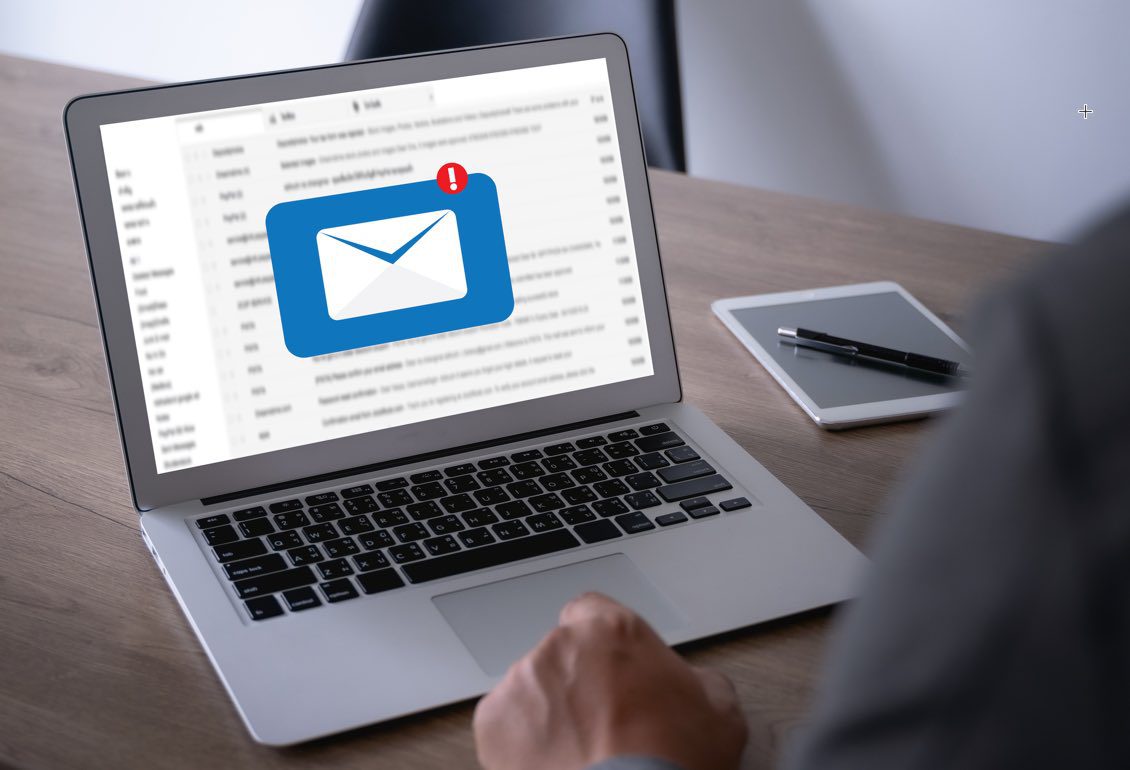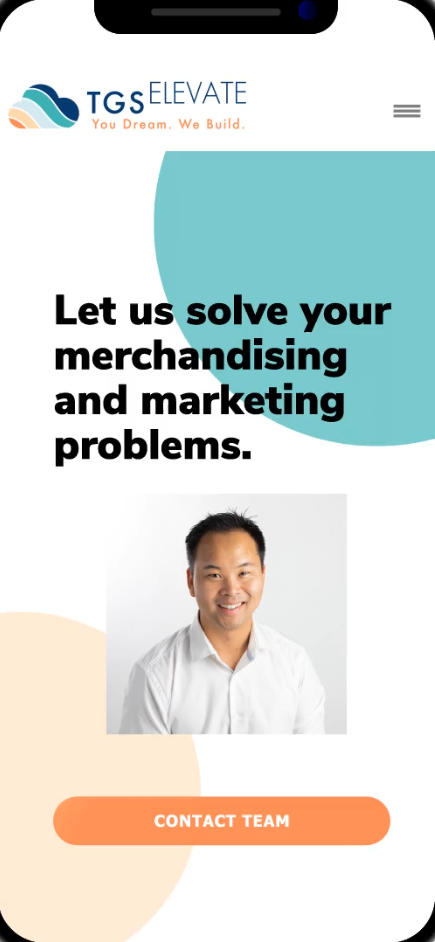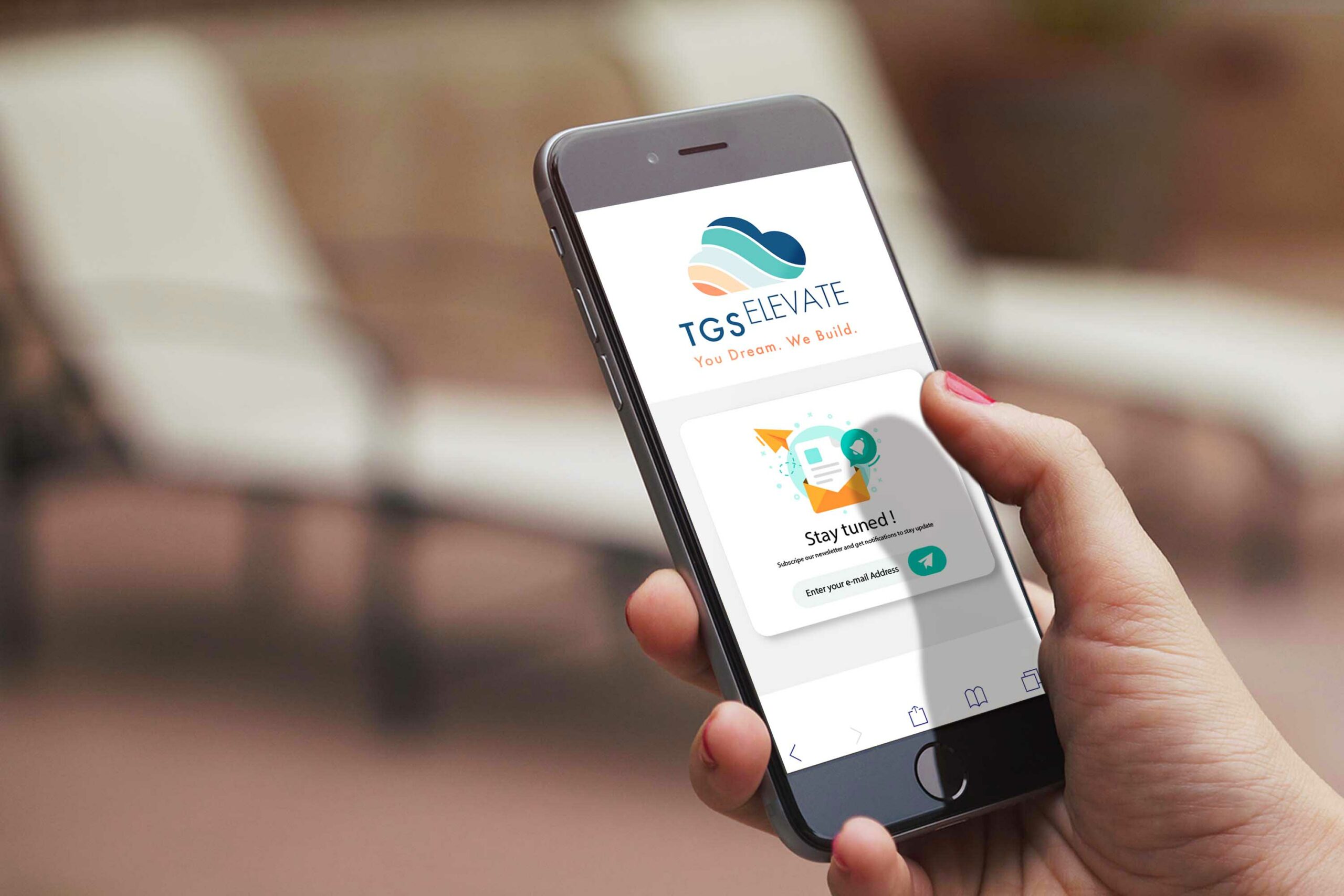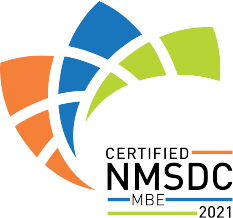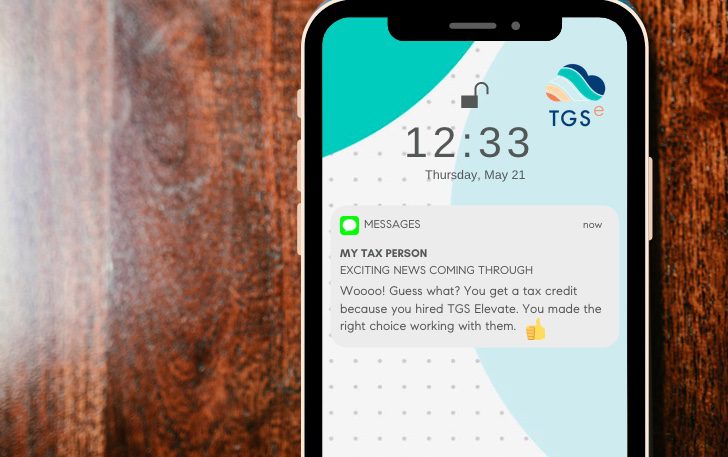
TGS Elevate started as a certified Woman-Owned Enterprise (WBE) in 1996, and in 2016 also became a certified Minority-Owned Enterprise (MBE). When you work with us, you satisfy supplier diversity requirements, which entitles you to receive federal and/or state tax credits. On top of that, our design and prototyping work is considered as R&D, which qualifies your company for additional tax credits! Read on for more details.
What is a Minority-Owned Business?
According to the National Minority Supplier Development Council (NMSDC), in the U.S., a minority business enterprise is defined as a company that is at least 51% owned and operated by an individual U.S. citizen that is at least 25% African American, Asian, Hispanic, or Native American, or in the case of a publicly owned business, at least 51% of the stock is owned by one or more such individuals. Companies must go through a long and rigorous process to become a certified MBE member. This leaves out any guessing when choosing a business to hire. A business with a MBE certificate has been well vetted, is trustworthy, and is highly skilled and valued.
Tax Credits
Working with a minority owned business allows you to claim tax credits with federal and state agencies. In addition, design and prototyping is considered research and development, which qualifies entitled parties for an additional tax credit. Federal and state laws differ, so contacting your tax professional is the best way to see what you qualify for.
To learn more, read this article.
Why These are Seldom Used
Larger companies, who are eligible for these tax credits but seldom ever redeem them, commonly have different departments between new vendor intake, budget approval, and tax preparation. This leads to a lot of opportunities to lose the message in translation. It’s also common that any savings that could come from a tax credit are provided under a separate GL or cost center from the person making the purchase, so there is no direct incentive to pass the word along and take the free money.
For example, let’s say marketing approves a new fixture rollout. After going through design iterations, prototypes, shipping and creative time, directly with the supplier, the final invoice passed to the accounting department does not have the R&D cost itemized separately. In turn, accounting does not have enough specific information to pass along to the tax department. So, the cycle breaks.
Why Does it Matter?
Diversity is better for communities and corporations alike. In today’s changing world, being a company that is aware and proactive about inclusivity is the next step. If you don’t have an internal supplier diversity program, here are some reasons from the Harvard Business Review of why you should consider it.
Hop to It!
When you work with us, not only are you satisfying those requirements but also you are contributing to a social initiative that promotes equality and diversity. Reach out to us today about your next project!
